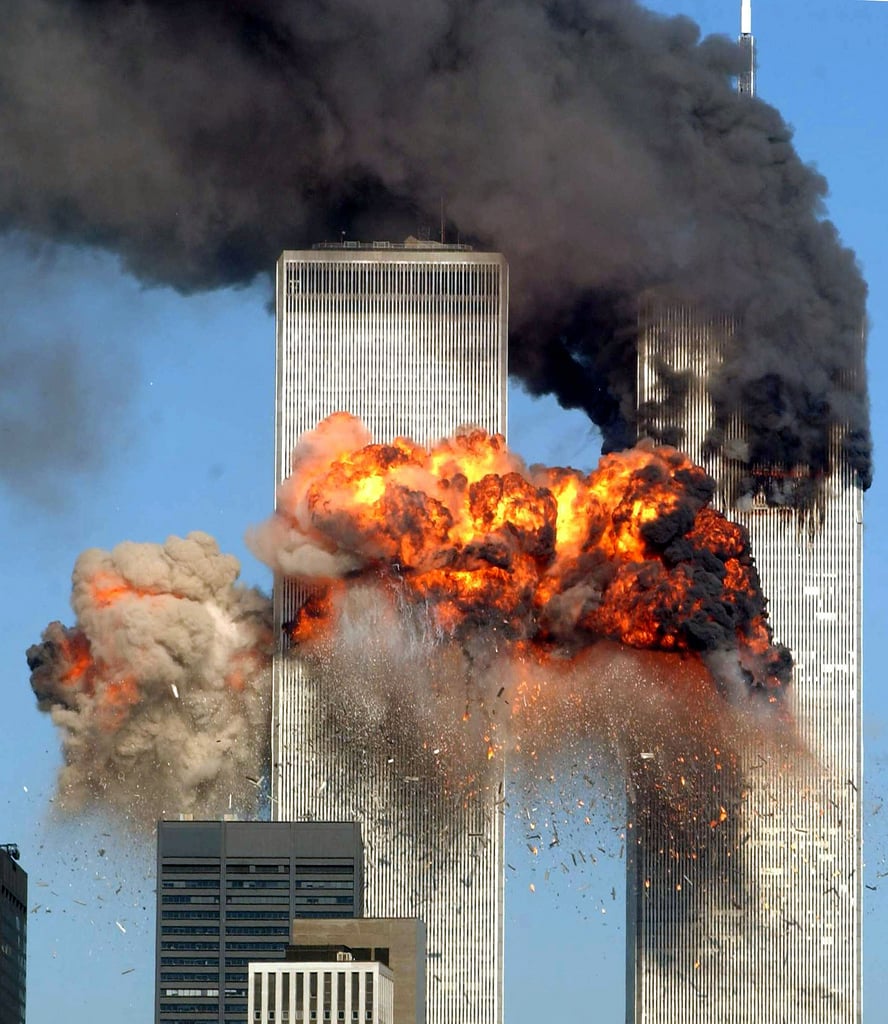
September 11, 2014
Digital Photography
Things got heated in our debates today, especially 9th period! It was awesome! Students truly became passionate about “their side” of the issue. Great work!Objectives
- Complete a peace inspired design.
Essential Question
- Is showing death in photojournalism ethical?
Focusing Task (5 min)
- Students will write their opinion on the essential question underneath the answer to the “What do I see?” activity from a previous class.
Guided Practice (5 min)
- Students will be divided and debate the essential question.
- Teacher will review the criteria and procedure for the project and discuss matting the finished work.
Learning Activity
- Students will debate if showing death in photojournalism is ethical.
- Pros
- Promote awareness of a situation
- Public has right to know
- Can bring about change
- Documents history
- If not, you are sanitizing the situation – not being 100% forthcoming with information
- Promote awareness of a situation
- Cons
- Difficult for the families
- Issues of privacy (paparazzi)
- Sells papers
- News manipulation – can sway public opinion drastically depending on how news is reported
- Exploitation
- Pros
- Students will finish sketching their designs into the negative space formed by their partner’s hands onto the photo that they took.
- Students will finish adding color to their design using Sharpie markers.
- Colors should enhance the design.
- Areas of negative space should be utilized to enhance the blending of photo and drawing.
Closure
- Students will answer: When is intrusion by photojournalists justified?
- For a code of ethics entirely on photojournalism, see the National Press Photographers Association Code of Ethics Some clauses from this code:
- Be accurate and comprehensive in the representation of subjects.
- Resist being manipulated by staged photo opportunities.
- Be complete and provide context when photographing or recording subjects.
- Avoid stereotyping individuals and groups.
- Recognize and work to avoid presenting one’s own biases in the work.
- Treat all subjects with respect and dignity. Give special consideration to vulnerable subjects and compassion to victims of crime or tragedy. Intrude on private moments of grief only when the public has an overriding and justifiable need to see.
- While photographing subjects do not intentionally contribute to, alter, or seek to alter or influence events.
- Editing should maintain the integrity of the photographic images’ content and context. Do not manipulate images or add or alter sound in any way that can mislead viewers or misrepresent subjects.
- Respect the integrity of the photographic moment.